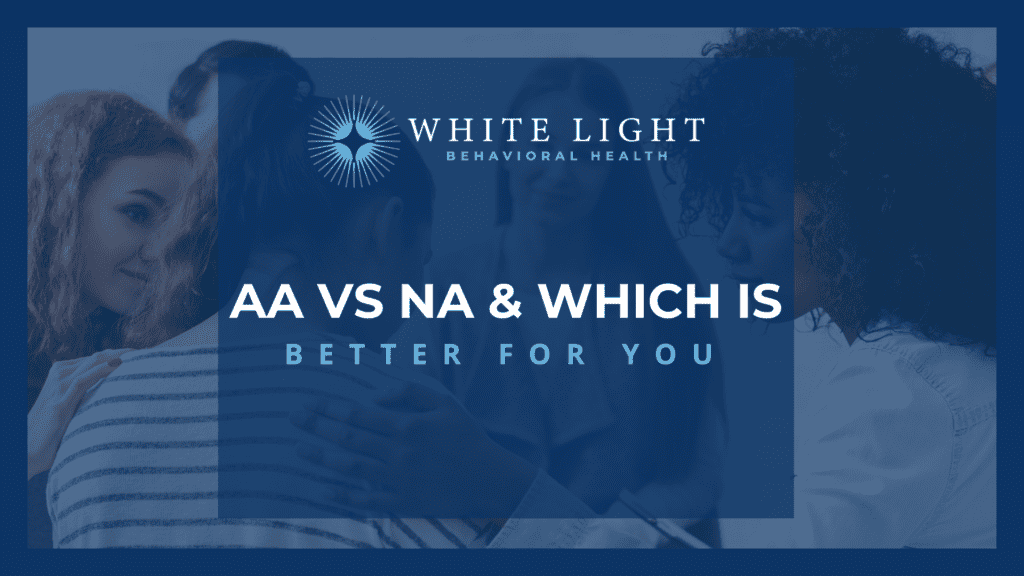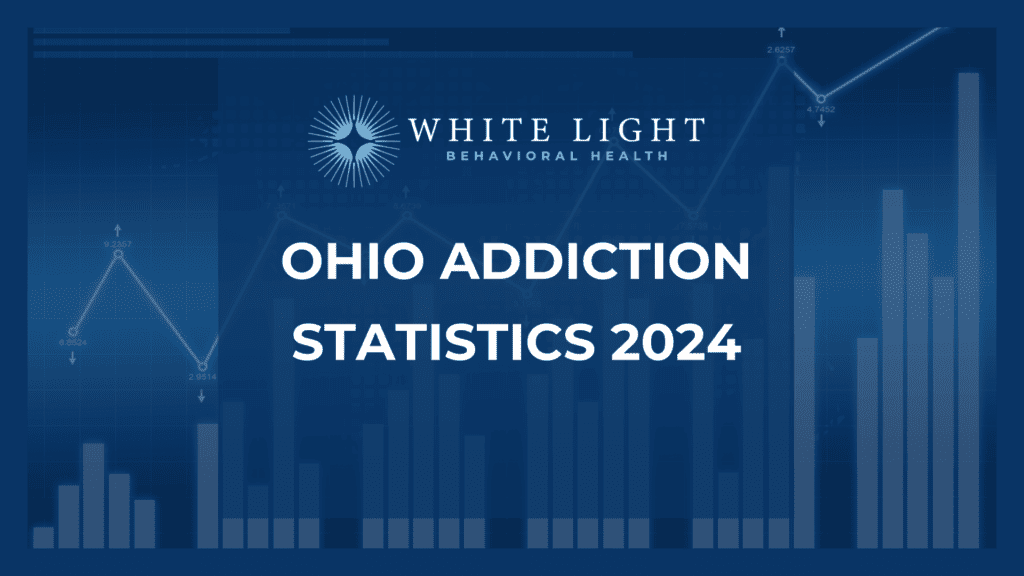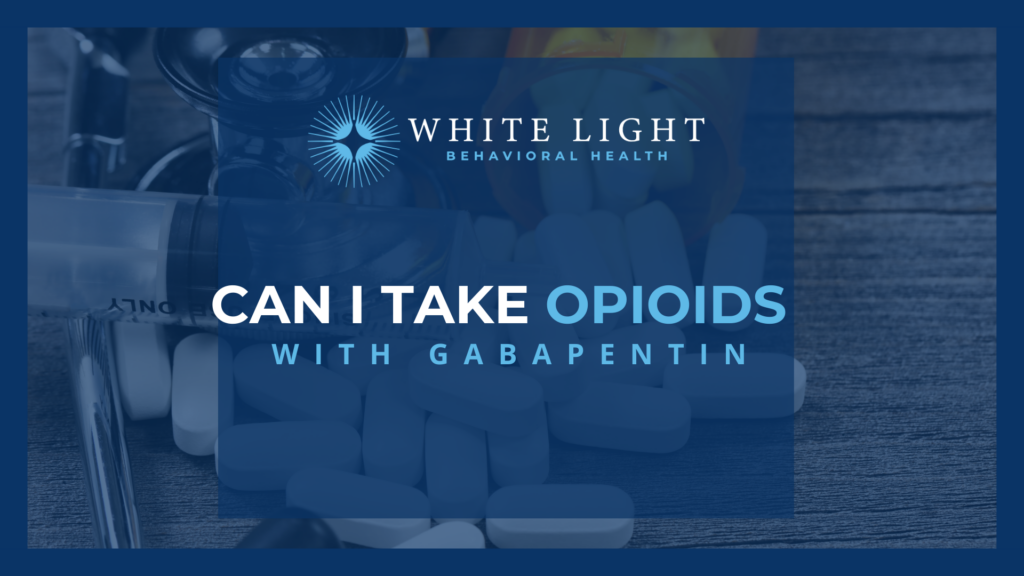Is A.A. or N.A. Better for You?
You may be considering a support group if you are suffering from an alcohol or a drug addiction. However, will Alcoholics Anonymous (A.A.) or Narcotics Anonymous (N.A.) meet your needs? There is no one-size-fits-all answer, so we’ll look at what each one offers instead.
Alcohol Addiction or Alcohol Use Disorder
According to a 2020 study conducted by the National Institute on Alcohol Abuse and Alcoholism, having an alcohol addiction or alcohol use disorder (AUD) is marked by an individual’s inability to regulate the amount of alcohol they consume, regardless of the detrimental effects it may have on their mental and physical well-being.
There are a variety of symptoms that indicate you have an alcohol addiction. One of the most common signs is an increasing tolerance for alcohol. Individuals with AUD keep needing to drink more to achieve the desired effect. They are also unable to limit the amount of alcohol they consume. If they do attempt to stop drinking, there are withdrawal symptoms, such as excessive sweating, hand tremors, nausea, and mood swings.
Alcoholics, or those suffering from alcohol addiction, will also display physical symptoms. There will be signs of liver damage, mild or severe. Their face may be red due to enlarged or broken blood vessels (telangiectasia). And they may have jaundice, which is a yellowing of the whites of the eyes. As the addiction becomes more severe, there can be irreversible nerve damage, too as indicated by a 2022 study conducted by Adam Sadowsk and published in the National Library of Medicine.
Individuals with AUD may also display irresponsible behavior, such as drinking while driving or operating machinery under the influence of alcohol. Relationships may be strained if the addiction has been going on for some time.
Seeking Treatment
For many people, treatment in a rehab facility can accompany other treatments, such as support groups, family therapy, individual therapy, and permanent lifestyle changes. The most effective treatment is typically a combination of treatment plans that are tailored to the individual.
Before treatment begins, however, it is recommended that individuals with AUD detox first. This process eliminates all the toxins from the body so that the treatment can start when the individual is sober. Detoxing is best done in a supervised environment to ensure there are no dangerous withdrawal symptoms, such as seizures. Severe withdrawal symptoms typically occur if the addiction is severe. After the process of detox is complete, therapy begins. Alongside individual therapy, individuals may choose to engage in support groups, such as Alcoholics Anonymous.
How Does Alcoholics Anonymous Help With Alcohol Addiction?
According to the historical records of aa.org, Alcoholics Anonymous (A.A.) started in 1935 in Akron, Ohio. It was founded by Bill W., a stockbroker, and Dr. Bob S., a surgeon. A.A. is peer-led and is a non-professional organization that treats alcoholism as a disease of the body and the mind. Four years later, the founders published the A.A. textbook, which shows how the first 100 members of A.A. found sobriety. By 1941, membership in A.A. had risen to 6,000. By 1950, there were a half-million A.A. members worldwide.
Attending A.A. Meetings
Participating in A.A. simply means going to one of their meetings. Individuals suffering from AUD meet to share their experiences and their successes or challenges with sobriety. The goal is to create a community and reduce feelings of isolation. Once you have attained a certain period of sobriety, you can become a sponsor — a guide who mentors a new member.
A.A. meetings are held daily, and you can attend more than one meeting at different locations if you wish. Attendance is free, and all you need to do is show up. A.A. has a tradition of anonymity, and members do not have to share their full names or any personal details.
A.A.’s Twelve Steps
A.A. follows a 12-step program to help its members achieve sobriety. The Twelve Steps of A.A. are:
-
Admit we were powerless over alcohol — that our lives had become unmanageable.
- Believe that a Power greater than ourselves can restore us to sanity.
- Decide to turn our will and our lives over to the care of God as we understand Him.
- Make a searching and fearless moral inventory of ourselves.
- Admit to God, to ourselves, and to another human being the exact nature of our wrongs.
- Be entirely ready to have God remove all these defects of character.
- Humbly ask Him to remove our shortcomings.
- Make a list of all persons we have harmed, and become willing to make amends to them all.
- Make direct amends to such people wherever possible, except when doing so would injure them or others.
- Continue to take personal inventory, and, when we are wrong, promptly admit it.
- Seek through prayer and meditation to improve our conscious contact with God as we understand Him, praying only for knowledge of His will for us and the power to carry that out.
- Having had a spiritual awakening as the result of these Steps, we try to carry this message to alcoholics and to practice these principles in all our affairs.
A.A.’s Twelve Traditions
There are also Twelve Traditions in A.A. These are:
- Our common welfare should come first; personal recovery depends upon A.A. unity.
- For our group purpose, there is but one ultimate authority — a loving God as He may express Himself in our group conscience. Our leaders are but trusted servants; they do not govern.
- The only requirement for A.A. membership is a desire to stop drinking.
- Each group should be autonomous except in matters affecting other groups or A.A. as a whole.
- Each group has but one primary purpose — to carry its message to the alcoholic who still suffers.
- An A.A. group ought never to endorse, finance, or lend the A.A. name to any related facility or outside enterprise, lest problems of money, property, and prestige divert us from our primary purpose.
- Every A.A. group ought to be fully self-supporting, declining outside contributions.
- Alcoholics Anonymous should remain forever non-professional, but our service centers may employ special workers.
- A.A., as such, ought never be organized; but we may create service boards or committees directly responsible to those they serve.
- Alcoholics Anonymous has no opinion on outside issues; hence the A.A. name ought never be drawn into public controversy.
- Our public relations policy is based on attraction rather than promotion; we need to always maintain personal anonymity at the level of press, radio, and films.
- Anonymity is the spiritual foundation of all our traditions, reminding us to place principles before personalities.
Drug Addiction
Like alcohol addiction, drug addiction — or substance use disorder (SUD) — is characterized by an inability to control how much drugs you consume despite the harmful consequences to your mental and physical health. Whereas alcohol addiction refers to just one substance, a substance use disorder can involve a variety of substances. These can be prescription drugs, heroin, meth, cocaine and more.
The symptoms of drug addiction are similar to alcohol addiction. Individuals have little to no control over their drug consumption. They have increased tolerance, and they experience withdrawal symptoms when they stop taking the drug.
Typically, drug addiction issues can be far worse than alcohol addiction issues. This is especially true of opioid drugs, like heroin, fentanyl, and OxyContin. And withdrawal symptoms can be far more severe as well.
Depending on the drug of choice, individuals suffering from SUD will also display physical symptoms. There may be diseases, like hepatitis (heroin use), heart problems (cocaine use), or dental problems (meth use).
Similar to alcohol addiction, individuals with SUD will also display irresponsible behavior, such as driving under the influence. If the addiction has been going on for some time, relationships may be strained, and there may be financial problems as a lot of money will be spent to purchase drugs.
How Does Narcotics Anonymous Help With Drug Addiction?
Narcotics Anonymous (N.A.) took its inspiration from Alcoholics Anonymous. As stated by NA.org, It was founded in 1953, and its focus was on individuals suffering from a substance use disorder rather than an alcohol use disorder. However, today, N.A. does not make any distinction between alcohol and substance abuse. The organization treats both as a disease.
Like A.A., N.A. is a peer-led organization that is free to attend. Members can share their experiences with others suffering from similar addiction problems. The meetings are not group therapy as no advice is offered. Rather, members simply share what they are going through.
Members can become sponsors and offer guidance to newcomers. Like A.A., N.A. allows its members to remain anonymous. Members do not have to share their full names or their personal information. N.A. is free to attend, and you can do so voluntarily.
The 12 steps of N.A. are the same as those for A.A. It is designed to guide individuals through a series of steps that can help them achieve sobriety through personal and spiritual growth. N.A. has also incorporated the Twelve Traditions of A.A. into its program.
The literature that N.A. offers is a little different from the literature offered by A.A. N.A. offers recovery literature in the form of a daily meditation book called “A Spiritual Principle a Day.”
Which Is Better for You: A.A. or N.A.?
Deciding between A.A. or N.A. will ultimately depend on what your specific needs are, the substance you’re using, the locations where the meetings are held, and the meetings you feel the most comfortable attending.
A.A. and N.A. have the same 12-step program and traditions. And as N.A. is an offshoot of A.A., the setup is typically identical.
Reasons to Choose A.A.
If the only substance you struggle with is alcohol, then you may be more comfortable listening to experiences and stories that are similar to yours. You may not want to hear about heroin addicts shooting up, for example.
You may also identify more with alcohol-related experiences. If this is the case, then attending A.A. meetings may be a better choice. In addition, after some time, you may be assigned a sponsor. If it’s an A.A. group, your sponsor will have had similar alcohol-related issues. However, if it is an N.A. group, your sponsor may have had a substance use disorder that you may not be able to relate to.
Reasons to Choose N.A.
Since drug addiction covers a wide variety of drugs, you may feel comfortable talking about your struggles with prescription medication, ecstasy or any other drug.
If you have a history of addiction, you may feel comfortable sharing your experiences with others who have similar substance use disorders. Similar to A.A., the group may assign you a sponsor at some point, and you may want someone whose experience closely aligns with yours.
Additional Considerations
Remember that both A.A. and N.A. tackle addiction as a disease, which means both can help you address your addiction issues — whether it’s to alcohol or drugs. However, there are additional factors that you can consider when choosing a meeting.
For example, if you abused both alcohol and drugs, you could attend either one or both. Another factor to consider is the location of the meetings and the times you are available. If you suffer from a drug addiction but can only attend A.A. meetings, then that should influence your decision.
Your comfort level is important, too. There may be a meeting where you feel a strong sense of community, be it A.A. or N.A. You may also end up finding a sponsor in a particular meeting that can really help you. In cases like this, it’s best to follow your sponsor so that you know you’ll always be getting one-on-one guidance.
Entering a Rehab Facility
It’s important to keep in mind that A.A. and N.A. are not therapy. While peer-led organizations can create a wonderful sense of community, you should go through a tailored treatment program in a rehab facility. In a rehab facility, therapists can help you get to the root of your addiction problem. What pain is the addiction soothing? Where did the pain originate? By addressing these questions with your therapist, healing can begin.
A rehab facility will provide an easy admission and a safe place to detox, too. You will be under the supervision of healthcare professionals who can manage your withdrawal symptoms. They can also provide medications to alleviate any discomfort.
Medical professionals in a rehab facility will diagnose any additional mental health issues you may have. This may include borderline personality disorder, schizophrenia, manic depression, bipolar disorder, or others.
They can then tailor treatment plans. Some of the therapies offered are evidence-based therapy, cognitive behavioral therapy (CBT), dialectical behavior therapy (DBT), contingency management, and motivational interviewing. They will help you develop coping strategies as well as discover the reasons for your addiction in a structured, caring environment.
Besides individual therapy, rehab facilities also allow you to experience group therapy. This kind of supportive environment can help build a sense of community within the facility so that you know you’re not alone.
Some rehab facilities offer additional therapies, like meditation and yoga, that can help reduce stress and help individuals manage their emotions.
Besides the care at the facility, rehab centers also provide aftercare planning so that individuals leave with a set of tools and resources that can help them maintain their sobriety.
White Light Behavioral Health
If you are suffering from AUD or SUD, you should couple your A.A. or N.A. meetings with treatment at a rehab facility. At White Light Behavioral Health, we treat alcoholism and substance abuse. Our treatment programs include dual-diagnosis treatment, inpatient rehab, intensive outpatient rehab, partial hospitalization, relapse prevention, and aftercare. We tailor treatment therapies and offer dialectical behavior therapy, family therapy, medication-assisted treatment (MAT), and more.
Contact our team to see how we can help.
How do AA and NA differ in their approach to recovery?
AA (Alcoholics Anonymous) and NA (Narcotics Anonymous) both follow a 12-step program, but they focus on different substances. AA primarily addresses alcohol addiction, while NA caters to those struggling with narcotics addiction.
What are the main principles behind AA and NA?
Both AA and NA operate on similar principles, emphasizing surrendering to a higher power, admitting powerlessness over addiction, making amends, and providing support through group meetings.
What role do the 12 steps play in AA and NA?
The 12 steps serve as a guide for individuals to work through their addiction and achieve spiritual growth. They involve acknowledging powerlessness over addiction, seeking help from a higher power or support group, taking personal inventory, making amends, and helping others in their recovery journey. These steps are central to the philosophy and practices of both AA and NA.
Are there any differences in the structure of AA and NA meetings?
While both AA and NA meetings generally follow a similar format, there may be slight variations in the way meetings are conducted due to the different substances being addressed. However, the core elements such as sharing experiences, providing support, and working through the steps remain consistent.
How long does it take to complete a 12-step program?
The duration of a 12-step program varies depending on individual progress, commitment, and the severity of addiction. While some individuals may complete the steps relatively quickly, others may take longer to work through them thoroughly. It’s important to focus on the recovery process rather than rushing through the steps.
How effective are AA and NA in helping people recover from addiction?
Both AA and NA are effective in helping individuals achieve and maintain sobriety. However, the effectiveness may vary depending on factors such as individual commitment, the severity of addiction, and access to additional support services.
Can I attend both AA and NA meetings simultaneously?
Yes, many individuals attend both AA and NA meetings to address multiple aspects of their addiction or to find additional support. It’s important to find what works best for you and to feel comfortable exploring different options for recovery.
How do I find AA or NA meetings in my area?
You can easily find AA and NA meetings in your area by searching online directories or contacting local addiction treatment centers. Both organizations have websites where you can locate meetings based on your location.
What is the difference between a sponsor and a mentor in AA and NA?
A sponsor in AA or NA is typically someone who has experience with the 12-step program and provides guidance and support to a newcomer, often on a one-on-one basis. A mentor, on the other hand, may offer general advice and assistance but may follow a different structured approach than a sponsor.
What are the warning signs and stages of addiction?
Recognizing the warning signs and stages of addiction is crucial for early intervention and recovery. The stages typically include experimentation, regular use, dependency, and addiction. Warning signs may include changes in behavior, increased tolerance, withdrawal symptoms, and neglect of responsibilities. Early intervention and seeking help can prevent the progression of addiction and improve outcomes.

Share This Post



